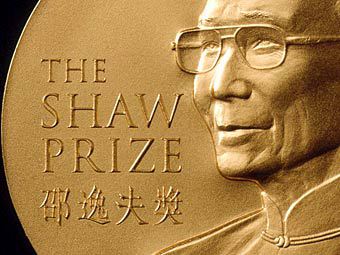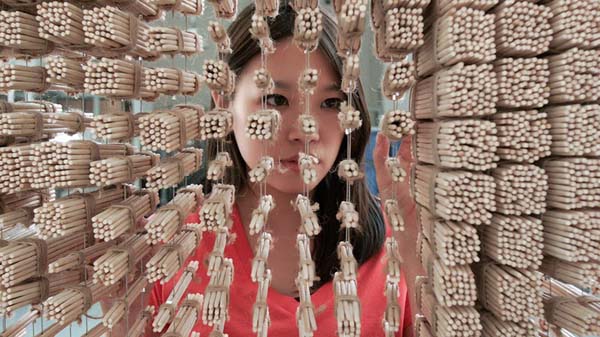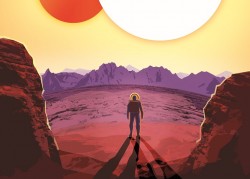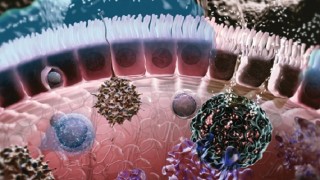
An artist from Stanford University won the 2013 People’s Choice Award for the International Science and Engineering Visualization Challenge (a.k.a. SciVis). We take a look at the winner of the People’s Choice Award, along with some of the other champions from the 2013 SciVis contest.
The event - sponsored by Science and the National Science Foundation (NSF) - works off the age-old axiom, “A picture is worth a thousand words,” and offers a chance to honor the way in which illustration can convey the complexities of science and technology. Participants are asked to send the competition organizers visualizations in the fields of “Illustration,” “Photography” and “Posters & Graphics.” Bringing the contest into the modern era, however, prizes are also awarded for artwork in the fields of “Games & Apps” and “Video.”
In 2013, over 220 applications were submitted from 12 countries around the globe. Each of the winners received a one-year subscription for the journal Science, the privilege of having their incredible artwork displayed on the Science website, and a certificate of appreciation.
People’s Choice Award: Human Hand Controlling Bacterial Biofilms
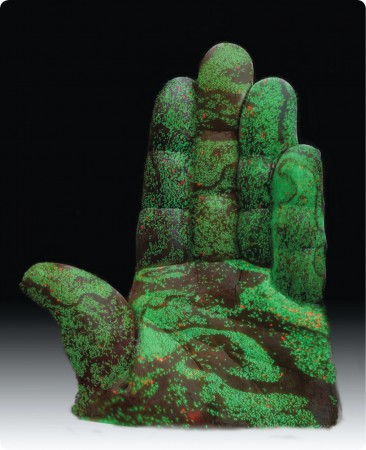
Lydia-Marié Joubert, of the Cell Sciences Imaging Facility at Stanford University, California, won the People’s Choice Award with her biofilm project. Entitled Human Hand Controlling Bacterial Biofilms, Joubert’s artistic piece attempts to show the resilience of microorganisms to eradication. A biofilm represents a multilayered community of microorganisms that stick together and coat large stretches of a given surface.
Joubert created the artwork by photographing a hand sculptured by British artist Francis Hewlett and superimposing micrographs of cultured biofilms onto its surface. The biofilms were stained with molecular probes to show the health of the microorganisms, contained within, enabling easy visualization. The widespread sections of green represent cells that are resistant to antimicrobial treatment, while the scant regions of red are cells that have been destroyed.
Illustration Award: Cortex in Metallic Pastels
Meanwhile, Geg Dunn - a neuroscientist with an appreciation for Asian artwork - claimed top honors in the Illustration category. The stunning image, called Cortex in Metallic Pastels, showcases a section of the cerebral cortex of the brain, replete with the axons and dendrites of individual neurons. The image is a stylized version, where Dunn has “thinned out” the tissue to show just a few neurons.
Dunn claims he would like to, eventually, create an “art-science lab” that would bring students of both disciplines together. His painting was commissioned by the John Hopkins University School of Medicine’s Brain Science Institute.
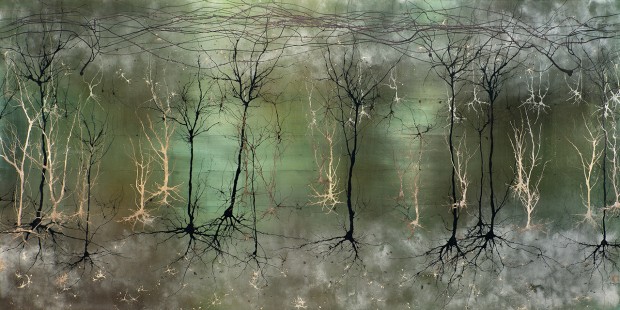
Posters & Graphics Award: Wearable Power
Materials scientist Kristy Jost won the Posters & Graphics category, with her Wearable Power poster. Her posters provide details on her ambition of making “smart textiles,” including textile-based capacitors that can store energy and power wearable devices. Jost’s poster demonstrates how the yarns are intertwined to create smart textiles at different scales.
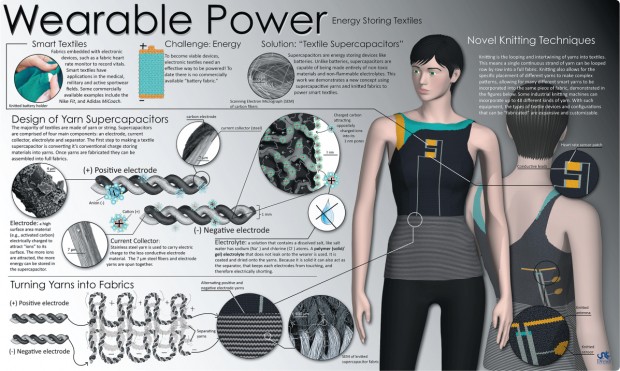
Photography Award: Invisible Coral Flows
For Photography, a piece called Invisible Coral Flows overcame the competition. The image shows two pink, hill-like structures, separated by cyan and yellow swirls. The pink hills are actually Pocillopora damicornis polyps. The team used particles to track the flow of water and visualize how the hair-like projections - cilia - of corals beat. This constant motion allows the corals to draw in fresh nutrients, while removing waste matter. The team drew inspiration from the splashes of highly-contrasting colors used in Andy Warhol’s Flowers.
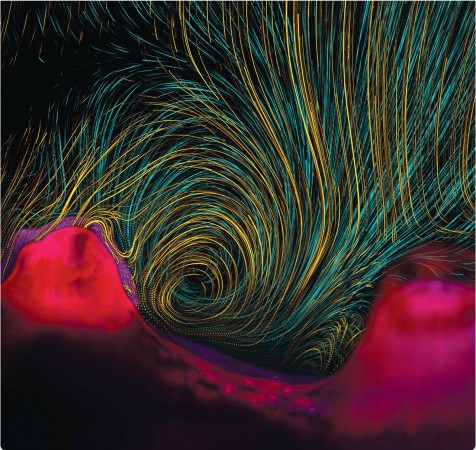
Games & Apps Award: EyeWire
For Games & Apps, a project called EyeWire was victorious. The artwork relied upon a type of citizen project, where ordinary individuals are asked to interpret patterns in genuine research data. Commencing in late 2012, EyeWire relies upon the use of thousands of “players” to identify the twists and turns within 3-dimensional neurons, located within the retina of a mouse. According to the creative director of EyeWire, Amy Robinson, the project enables scientists to reconstruct neuronal circuits, in a bid to generate entire maps of the pathways involved in vision - something that cannot be easily achieved with computers.
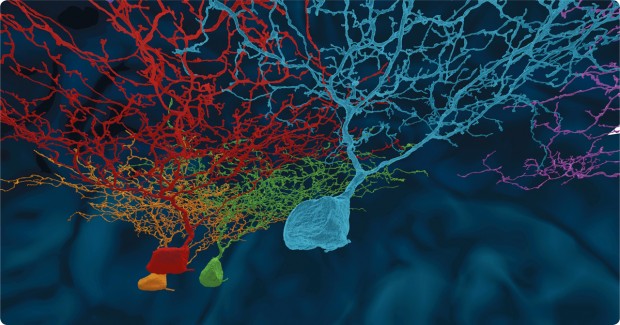
Video Award: CME and Ocean/Wind Circulation
Coronal Mass Ejection and Ocean/Wind Circulation was the 2013 winner for Video. The video clip was produced by a team of researchers from the NASA Goddard Space Flight Center Scientific Visualization Studio, exploring the impact of coronal mass ejections on the Gulf Stream. The footage was created from satellite data, and was then assimilated by six computational models to create an accurate picture of how different parts of the climate system interact with one another. One of the competition judges, Alisa Zapp Machalek, offered a brief impression of the beautiful artwork:
“I was impressed by how the video was able to connect phenomena starting at the sun down to planet Earth.”
The NSF website summarizes the basis for the competition, and the impact that science and tech-based artwork can have in generating public interest:
“Some of science’s most powerful statements are not made in words. From DaVinci’s Vitruvian Man to Rosalind Franklin’s X-rays, science visualization has a long and literally illustrious history. To illustrate is to enlighten! Illustrations provide the most immediate and influential connection between scientists and other citizens, and the best hope for nurturing popular interest. They are a necessity for public understanding of research developments.”
Entrants for the SciVis 2014 challenge will be accepted in September, this year. All interested parties are advised to continue periodically checking the NSF website for updates.











